EMS Professions Career Information
- Job stress is common because hours of work are irregular and workers often must treat patients in life-or-death situations.
- Formal training and certification are required, but State requirements vary.
- Employment is projected to grow faster than average as paid emergency medical technician positions replace unpaid volunteers.
- Competition will be greater for jobs in local fire, police, and rescue squad departments than in private ambulance services; opportunities will be best for those who have advanced certification.
—U.S. Bureau of Labor Statistics
About EMS Professions
People’s lives often depend on the quick reaction and competent care of emergency medical technicians (EMTs) and paramedics—EMTs with additional advanced training to perform more difficult prehospital medical procedures. Incidents as varied as automobile accidents, heart attacks, drownings, childbirth, and gunshot wounds all require immediate medical attention. EMTs and paramedics provide this vital attention as they care for and transport the sick or injured to a medical facility.
In an emergency, EMTs and paramedics typically are dispatched to the scene by a 911 operator, and often work with police and fire department personnel. Once they arrive, they determine the nature and extent of the patient’s condition while trying to ascertain whether the patient has preexisting medical problems. Following strict rules and guidelines, they give appropriate emergency care and, when necessary, transport the patient. Some paramedics are trained to treat patients with minor injuries on the scene of an accident or at their home without transporting them to a medical facility. Emergency treatment for more complicated problems is carried out under the direction of medical doctors by radio preceding or during transport.
EMTs and paramedics may use special equipment, such as backboards, to immobilize patients before placing them on stretchers and securing them in the ambulance for transport to a medical facility. Usually, one EMT or paramedic drives while the other monitors the patient’s vital signs and gives additional care as needed. Some EMTs work as part of the flight crew of helicopters that transport critically ill or injured patients to hospital trauma centers.
At the medical facility, EMTs and paramedics help transfer patients to the emergency department, report their observations and actions to emergency room staff, and may provide additional emergency treatment. After each run, EMTs and paramedics replace used supplies and check equipment. If a transported patient had a contagious disease, EMTs and paramedics decontaminate the interior of the ambulance and report cases to the proper authorities.
Beyond these general duties, the specific responsibilities of EMTs and paramedics depend on their level of qualification and training. To determine this, the National Registry of Emergency Medical Technicians (NREMT) registers emergency medical service (EMS) providers at four levels: First Responder, EMT-Basic, EMT-Advanced, and Paramedic. Some states, however, do their own certification and use numeric ratings from 1 to 4 to distinguish levels of proficiency.
Entry-level First Responders are trained to provide basic emergency medical care because they tend to be the first persons to arrive at the scene of an incident. Many firefighters, police officers, and other emergency workers have this level of training. The EMT-Basic, also known as EMT-1, represents the first component of the emergency medical technician system. An EMT-1 is trained to care for patients at the scene of an accident and while transporting patients by ambulance to the hospital under medical direction. The EMT-1 has the emergency skills to assess a patient’s condition and manage respiratory, cardiac, and trauma emergencies.
The EMT-Advanced (EMT-2 and EMT-3) has more advanced training that allows the administration of intravenous fluids, the use of manual defibrillators to give lifesaving shocks to a stopped heart, and the application of advanced airway techniques and equipment to assist patients experiencing respiratory emergencies. Paramedics (EMT-4) provide the most extensive prehospital care. In addition to carrying out the procedures already described, paramedics may administer drugs orally and intravenously, interpret electrocardiograms (EKGs), perform endotracheal intubations, and use monitors and other complex equipment.
Working Conditions
EMTs and paramedics work both indoors and outdoors, in all types of weather. They are required to do considerable kneeling, bending, and heavy lifting. These workers risk noise-induced hearing loss from sirens and back injuries from lifting patients. In addition, EMTs and paramedics may be exposed to diseases such as hepatitis-B and AIDS, as well as violence from drug overdose victims or mentally unstable patients. The work is not only physically strenuous, but also stressful, involving life-or-death situations and suffering patients. Nonetheless, many people find the work exciting and challenging and enjoy the opportunity to help others.
EMTs and paramedics employed by fire departments work about 50 hours a week. Those employed by hospitals frequently work between 45 and 60 hours a week, and those in private ambulance services, between 45 and 50 hours. Some of these workers, especially those in police and fire departments, are on call for extended periods. Because emergency services function 24 hours a day, EMTs and paramedics have irregular working hours that add to job stress.
Employment
EMTs and paramedics held about 179,000 jobs in 2002. Most career EMTs and paramedics work in metropolitan areas. There are many more volunteer EMTs and paramedics, especially in smaller cities, towns, and rural areas. These individuals volunteer for fire departments, emergency medical services (EMS), or hospitals, and may respond to only a few calls for service per month or may answer the majority of calls, especially in smaller communities. EMTs and paramedics work closely with firefighters, who often are certified as EMTs as well and act as first responders.
Full-time and part-time paid EMTs and paramedics were employed in a number of industries. About 4 out of 10 worked as employees of private ambulance services. About 3 out of 10 worked in local government for fire departments, public ambulance services, and EMS. Another 2 out 10 were found in hospitals, working full time within the medical facility or responded to calls in ambulances or helicopters to transport critically ill or injured patients. The remainder worked in various industries providing emergency services.
In the local area, EMTs with paid and volunteer first-responder organizations provide medical care at emergencies while awaiting an ambulance. EMTs may also be hired by hospital emergency rooms in supportive patient care roles. There are also several non-emergency and a few emergency ambulance services in the area that hire EMT-Basics. Local pharmaceutical research companies hire EMT-Basics to assist in research. Starting pay varies from $18 to $25 per hour, depending on the employer.
Search the Health Sciences Website
EMS Professions Updates
2024 Health Sciences Spring Completion Ceremonies
We are delighted to extend a warm invitation to you for our Austin Community College's 2024 Health Sciences Spring Completion Ceremonies, where we will celebrate the achievements of our graduating students.
Read moreACC Health Sciences Regional Simulation Center
As the area’s number one educator of healthcare professionals, ACC’s Health Sciences Area of Study equips students for the important work that lies ahead. Our program is amongst the best in the state, and our graduates outperform students from across the nation.
Read moreACC and AFD Celebrate Five Years of Red Angels Partnership
A new plaque proudly hangs on the walls of ACC’s Health Sciences building at Eastview Campus — celebrating five years of making a difference in the community.
Read more

